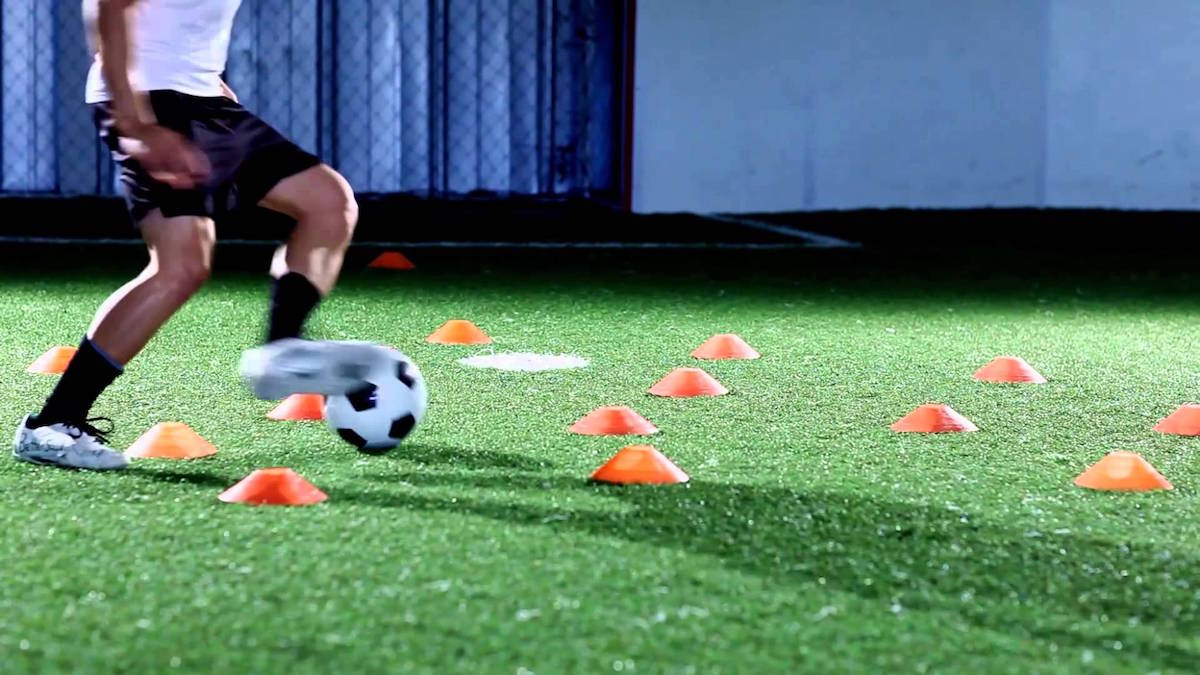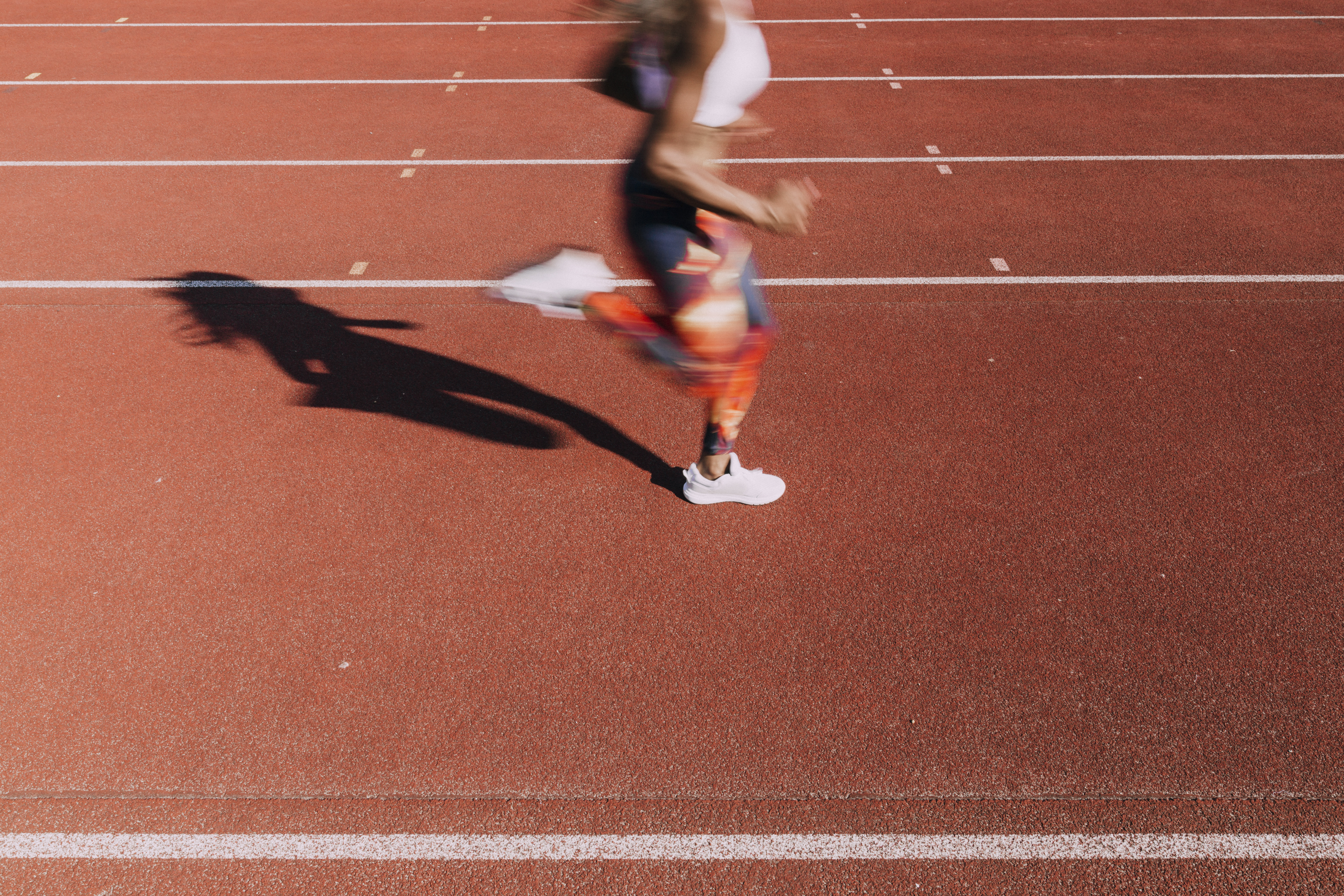Strength training is a wonderful tool to help increase sports performance and to prevent injuries. There are some things that it does extremely well, but it has limitations when it comes to the conditioning of athletes.
Let’s begin with what strength training does very well. Basically, it develops physical qualities that form the foundation for sporting success. These include muscle mass, soft tissue (ligaments and tendons) strengthening to prevent injuries, increasing maximal strength, increasing power, and increasing the ability to exert force in a vertical direction.
These adaptations are accomplished in a variety of ways:
- Muscle mass and soft tissue strengthening is achieved via a combination of multi-joint exercises like squats, hip extension exercises, presses, and rows. The soft tissue strengthening can also be accomplished via “isolation” exercises that focus on specific joints or muscles. Usually the repetitions are moderate (in the 8-15 reps/set range). The intensity is also usually moderate, I like to have athletes leave 2-3 repetitions in the tank when they perform this type of training. This is an important part of training, even if additional muscle mass isn’t desired the soft tissue adaptations are very important.
- Maximal strength is increased via variations of the squat, hip extension, press, and row. For maximal strength the volume is lower (1-8 reps/set) with a high intensity (80-100% of maximum). Depending upon the athlete’s training history, advanced training tools like chains and bands, pause lifts, and eccentric lifts may also be used to enhance this. Maximal strength means exerting force against an object (a ball, a bat, an opponent, etc.) and against the ground. It’s key for sprinting, agility, jumping, throwing, and lots of other common sports tasks.
- Increasing power is done via increasing maximal strength (power is the ability to express strength quickly) and by using exercises that teach the fast application of strength. These include the variations of the Olympic lifts, plyometrics, and “speed” exercises. Normally the volume is low (1-6 reps/set), intensity is moderate (60-80% of maximum), and the focus is on the fast speed of movement.
- Strength training exercises do a great job of training athletes to exert force in a vertical direction. Squats and hip extensions involve standing up with the barbell, the Olympic lifts could be described as performing a vertical jump with a barbell, presses are done by pushing the weight vertically, etc.
Having sung its praises, there are things that strength training does not do well. These include training sport-specific movement patterns and training the horizontal application of force.
Strength training does not do a good job of mimicking the movement patterns of sports, their velocities, or their power outputs. In terms of velocities, for most strength training exercises, including the Olympic lifts, the barbell moves at 2-4 meters per second. In contrast, a 100 meter sprinter moves at 10-12 meters/second. At the moment of release, a shot put is moving at 14 meters/second and a hammer may be moving at over 24 meters/second. The point being that strength training does not do a good job of mimicking the velocities seen in sports.
It also may not do a good job of mimicking the power outputs seen in sports. The power outputs of the Olympic lifts, which are the most explosive lifts in strength training, is debatable. In a classic review, Garhammer describes power outputs in the 50 watts/kilogram range for male Olympic lifters and in the 30 watts/kilogram range for female Olympic lifters. The power output of the second pull of the Olympic lifts, despite what has been quoted in Garhammer’s work, is all over the place in modern research when looking at elite lifters. For example, Hadi, et al (2012) found power outputs for the snatch to be 37-42 watts/kilogram for 60-100% using elite level weightlifters as subjects. However, Harbili et al (2012) found it to be in the 19-20 watts/kilogram range at the World Championships for 69 kilogram lifters. Akkus (2012), when examining the winners of each female weight class in the 2010 World Championships found the second pull power outputs to be 29 watts/kilogram. This sounds impressive, but it also doesn’t necessarily line up with what athlete’s experience in sports. For example, some 100 meter sprinters may be developing 60 watts/kilogram.
There are not a lot of good, safe strength training exercises that are horizontal in nature. Walking lunges and kettlebell swings are the two that come easiest to mind.
So the combination of the above means that strength training does a great job of providing the foundation for athletic success, but other tools have to be employed for special training. These include plyometrics, throws, speed training, and agility work.
References:
Akkus, H. (2012). Kinematic analysis of the snatch lift with elite female weightlifters during the 2010 world weightlifting championship. Journal of Strength and Conditioning Research, 26(4): 897-905.
Garhammer, J. (1993). A review of power output studies of Olympic and powerlifting: Methodology, performance prediction, and evaluation tests. Journal of Strength and Conditioning Research, 72(2): 76-89.
Hadi, G., Akkus, H., and Harbili. (2012). Three-dimensional kinematic analysis of the snatch technique for lifting different barbell weights. Journal of Strength and Conditioning Research, 26(6), 1568-1576.
Harbili, E. (2012). A gender-based kinematic and kinetic analysis of the snatch lift in elite weightlifters in 69-kg category. Journal of Sports Science and Medicine, 11, 162-169.



